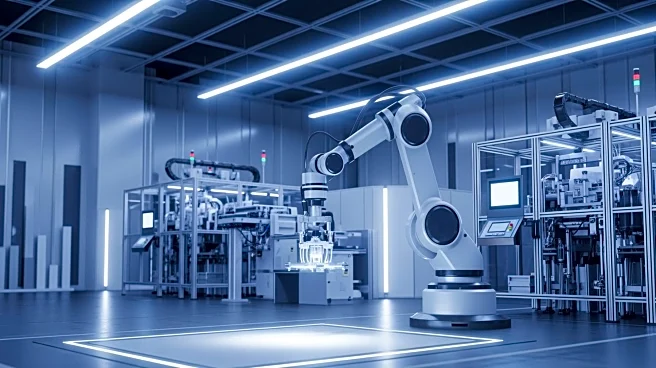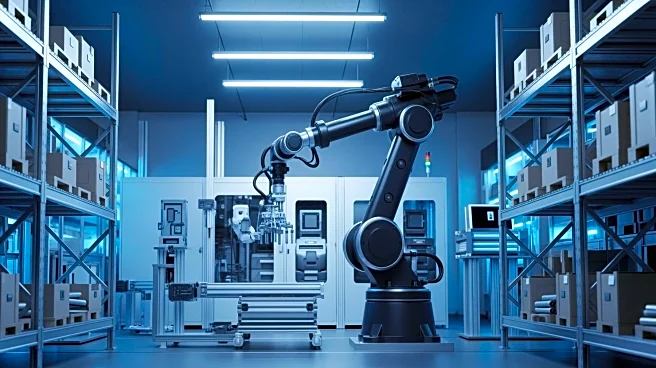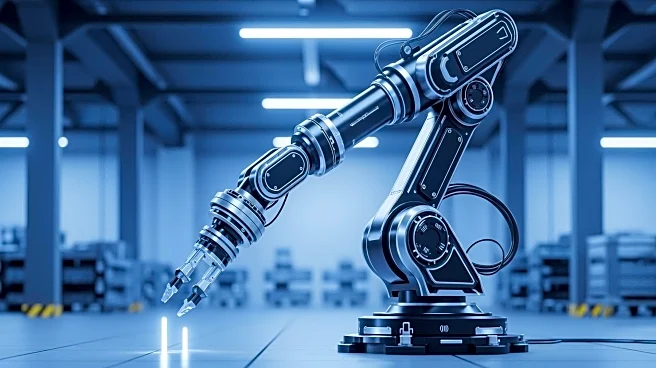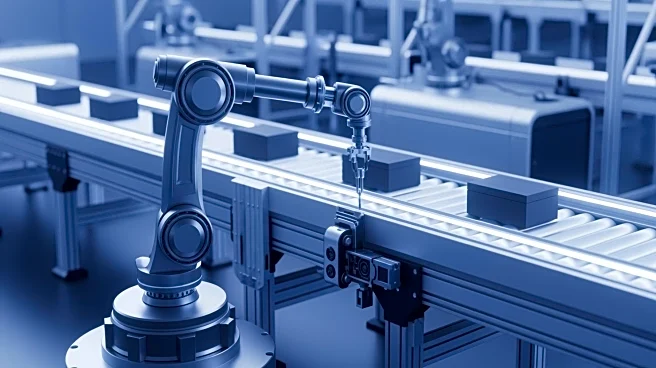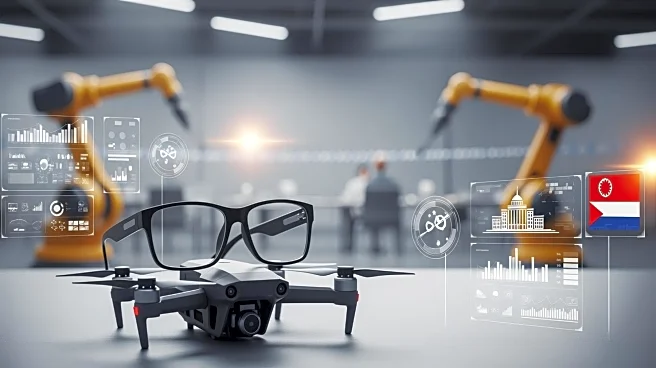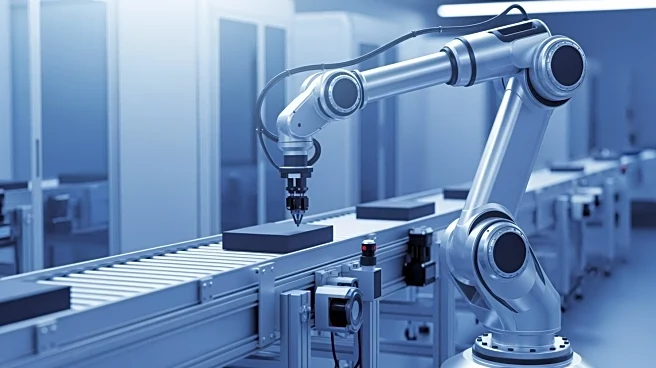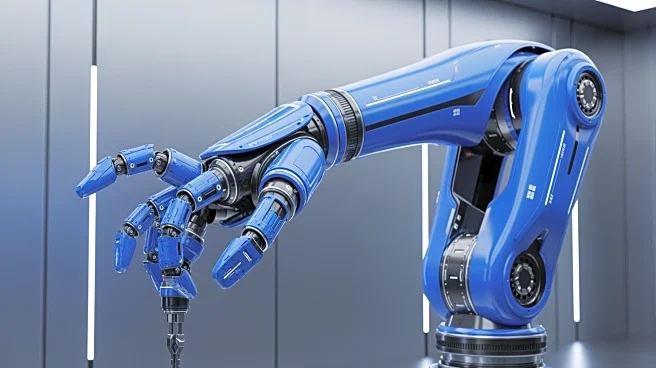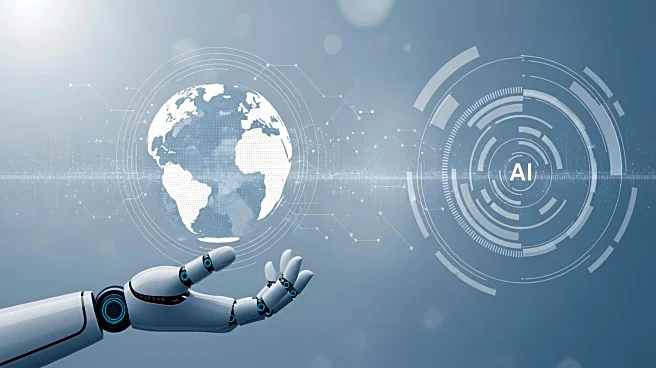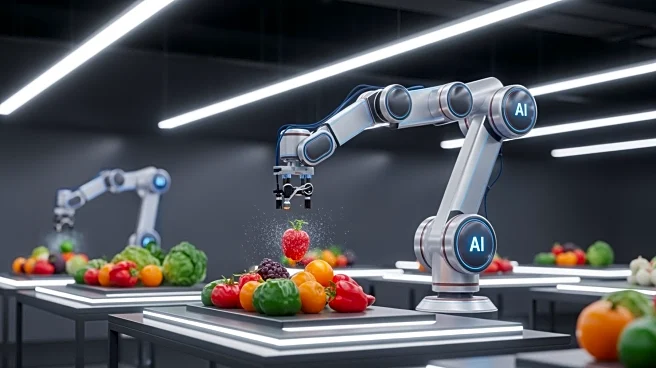What's Happening?
Amazon is advancing its automation strategy by integrating artificial intelligence and robotics into its operations, aiming to automate 75% of its processes. This shift involves transitioning from labor-intensive
warehouses to robot-heavy facilities, which could enhance efficiency and reduce turnover. Amazon has already deployed its millionth robot, marking significant progress in this direction. The company faces political risks as a large employer, particularly from unions that could disrupt its business model. Amazon's automation move is seen as a strategy to mitigate these risks while enhancing profitability.
Why It's Important?
Amazon's automation strategy is crucial for its long-term profitability and risk management. By reducing reliance on human labor, Amazon aims to lower operating costs and increase precision in operations. This shift could lead to substantial efficiency gains, benefiting shareholders. However, the move also carries political implications, as it may attract scrutiny from labor unions and regulatory bodies. The strategy reflects Amazon's efforts to balance cost-cutting with political risk management, potentially setting a precedent for other large employers facing similar challenges.
What's Next?
Amazon's continued investment in AI and robotics is expected to drive further efficiency and profitability gains. The company plans to spend $100 billion on capital expenditure this year, focusing on AI infrastructure. However, the success of this investment depends on the market's response to Amazon's AI initiatives. If the AI push does not yield expected returns, Amazon's stock could face market penalties. The company must navigate potential legal challenges and regulatory scrutiny as it transitions to a more automated workforce.
Beyond the Headlines
Amazon's automation strategy highlights broader ethical and cultural implications regarding the future of work. The shift towards robotics raises questions about job displacement and the role of human labor in increasingly automated industries. It also underscores the need for companies to balance technological advancement with social responsibility, ensuring that automation does not exacerbate economic inequalities or undermine labor rights.
